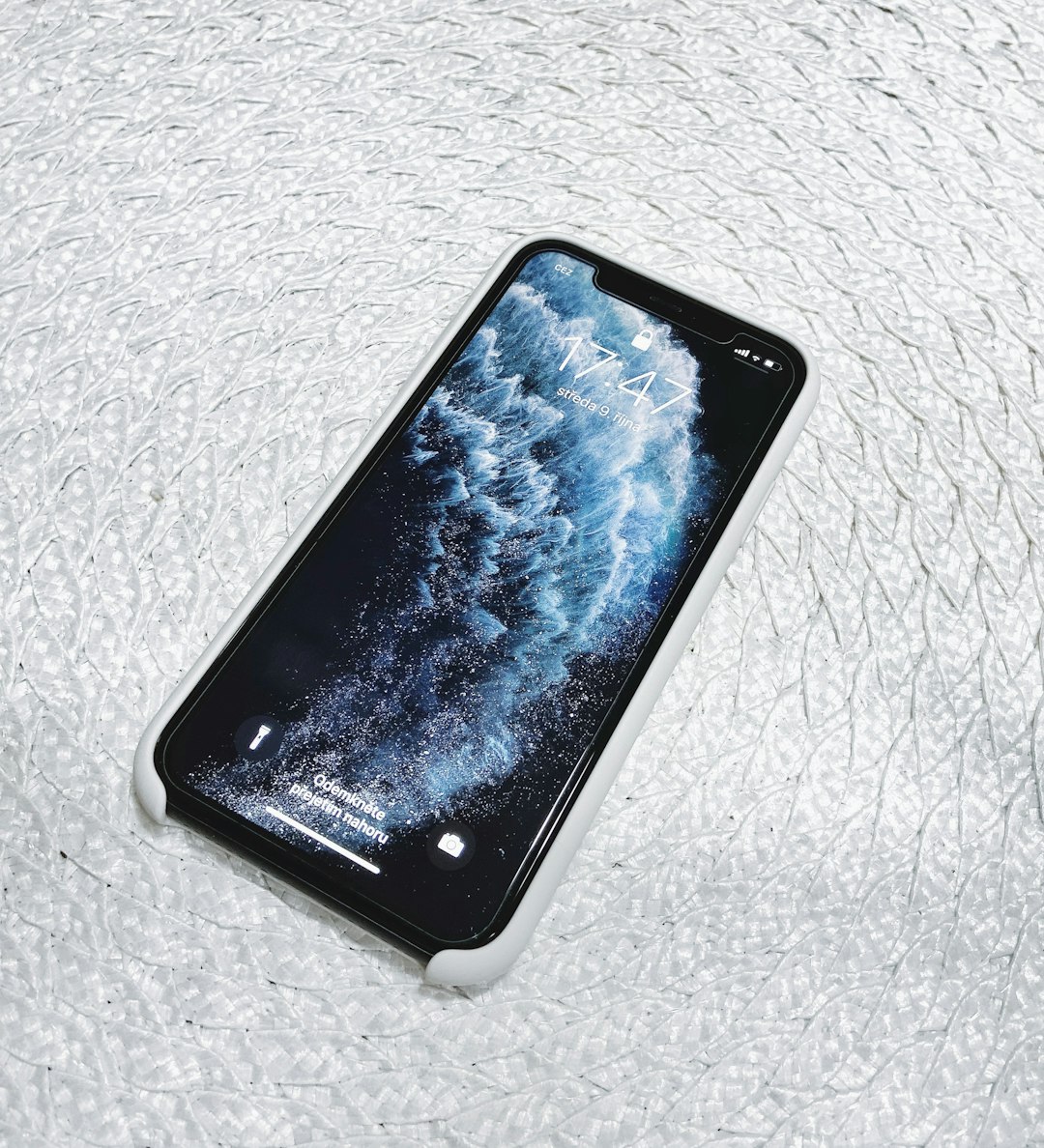Back in 2020, the Pixel 4a arrived like a breath of fresh air. It was simple, affordable, and surprisingly powerful. Flash forward to 2024, and the Pixel 8a has entered the chat—with style, brainpower, and a whole lot of AI magic.
But just how big is the leap between these two phones? Let’s break it down in a fun and easy way. No geeky jargon overload, promise!
Design: Plastic Fantastic to Premium Charm
The Pixel 4a had a minimal design. It was light, pocketable, and had a plastic body. Honestly, it felt a bit like your favorite hoodie—comfortable and no-fuss. But compared to today’s phones, it’s starting to look a little… well, plain.
The Pixel 8a looks like it hit the gym. It’s sleek, has curved edges, and sports a matte finish that feels lovely in the hand. The camera bar across the back makes it look like a mini Pixel 8 Pro.
- Pixel 4a: 5.8-inch display, plastic body, rear fingerprint sensor
- Pixel 8a: 6.1-inch OLED Smooth Display, in-display fingerprint sensor, Corning Gorilla Glass

The difference is night and day—the 8a just screams modern.
Display: Big, Bright, and Smooth
The Pixel 4a had a solid OLED screen. But it topped out at 60Hz, and you might remember it lagging a bit when scrolling through Instagram or gaming.
Enter the Pixel 8a with its 120Hz Smooth Display. And wow. Everything feels buttery. Swiping feels like your finger is floating across the screen. Colors pop, brightness is top-notch, and using it outdoors is finally easy on the eyes.
- Pixel 4a: 1080 x 2340 at 60Hz
- Pixel 8a: 1080 x 2400 at 120Hz with HDR support
This is an upgrade you don’t just see—you feel it.
Performance: Basic Brain to AI Genius
This is where things get wild. The Pixel 4a had the Snapdragon 730G chip. It was fine for the time. You could scroll, call, text, take photos, and even play a few games.
But the Pixel 8a? It has Google’s Tensor G3 chip. Translation: it’s smart. Really smart. It handles AI features like call screening, Magic Eraser, and even live language translation. It’s like carrying a Google Assistant with jet fuel in your pocket.
- Pixel 4a: Snapdragon 730G, 6GB RAM
- Pixel 8a: Tensor G3 chip, 8GB RAM, Titan M2 for security
No lag, no freezing, no stress. Just tap and go.
Camera: Snappy to Stunning
The Pixel 4a was famous for its camera. One 12.2MP sensor, powered by Google magic, and boom—you got some amazing photos. Night Sight and Portrait mode made everyone look like a pro.
The Pixel 8a takes that magic and cranks it to 100. It has a 64MP main sensor and a 13MP ultrawide lens. So now you can capture the whole crew, the sunset, and even your dog’s zoomies—with glorious detail.
Add in Google’s updated AI tricks—Best Take, Magic Editor, and Real Tone—and the photos are chef’s kiss.
- Pixel 4a: Single 12.2MP rear camera, 8MP front
- Pixel 8a: 64MP + 13MP rear, 13MP front, 4K video
It’s like going from a flipbook to a Pixar movie.
Battery Life: From Decent to Durable
Remember living with battery anxiety on the Pixel 4a? You’d leave the house with 80% and be sweating by 4pm. It got through the day, but just barely.
The Pixel 8a comes in like a superhero with a cape. Bigger battery, smarter power management, and features like Extreme Battery Saver help you stretch every percent.
- Pixel 4a: 3140 mAh battery, no wireless charging
- Pixel 8a: 4492 mAh battery, wireless charging included
Media, calls, and games—battery freak-outs are a thing of the past.
Software & AI Features: Future-Proof vs. Forgotten
Pixel 4a launched with Android 10. It’s now nearing the end of its updates. While it still runs, it’s going to stop getting new features and security patches soon.
Pixel 8a? It’s ready for the future. It comes with Android 14 and a big promise—7 years of software updates. That’s huge!
Even more exciting? AI-powered features:
- Circle to Search – just draw a circle around something, and Google explains it
- Call Assist – get transcripts, auto-replies, and hold-for-you magic
- Live Translation – real-time subtitles and conversations in multiple languages
- Magic Editor – edit photos like a wizard
The Pixel 8a feels like a futuristic assistant disguised as a phone.
Price: Then vs Now
When the Pixel 4a dropped, its $349 price tag was a big deal. Affordable, great camera, and no bloatware—what’s not to love?
The Pixel 8a now comes in at $499. That’s a $150 jump, but look at what you’re getting. Faster chip, AI tools, better camera, 120Hz screen, and 7 years of updates. That’s value that stretches across years.
And don’t forget—comparatively, it still undercuts many flagships in price.
So, Should You Upgrade?
If you’re still using a Pixel 4a, first of all—hats off to you. It’s been a loyal companion. But you’ve probably started to feel the cracks: slower response, shorter battery, and fewer updates.
Upgrading to the Pixel 8a is like trading in a reliable bicycle for a magic skateboard. It’s faster, smarter, more secure, and a lot more fun.
The Verdict
The leap from Pixel 4a to Pixel 8a isn’t just big—it’s massive.
Here’s a fast recap:
- Design: Modern glow-up vs plastic simplicity
- Display: Smooth 120Hz vs standard 60Hz
- Performance: AI-generating genius vs good-enough chip
- Camera: Dual-lens power vs trusty solo shooter
- Battery: All-day beast vs just-enough juice
- Software: Future-proof updates for 7 years
In short: the Pixel 8a doesn’t just replace the 4a—it reinvents it. It’s like your favorite indie band going global. Bigger, bolder, and ready to impress.
So if you’ve been holding onto your Pixel 4a out of nostalgia, it might be time to let go. The Pixel 8a is calling—and trust us, that’s one call you’ll want to answer.